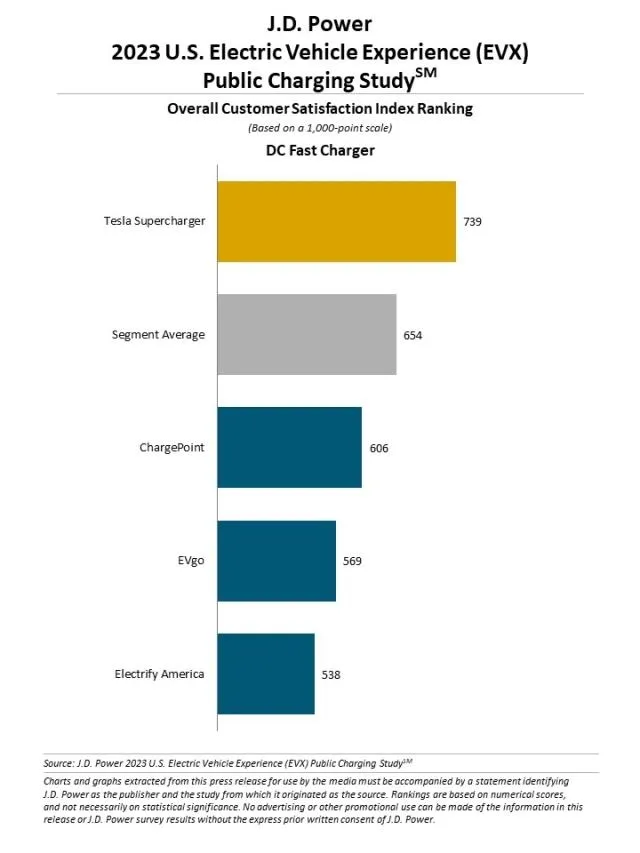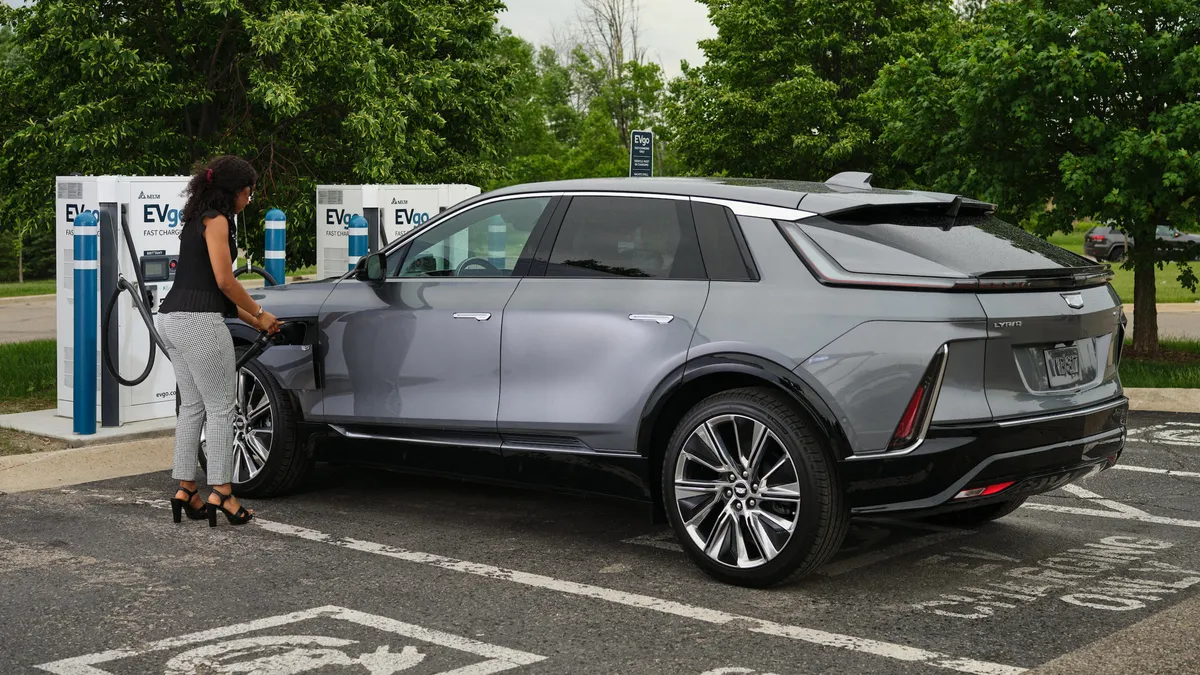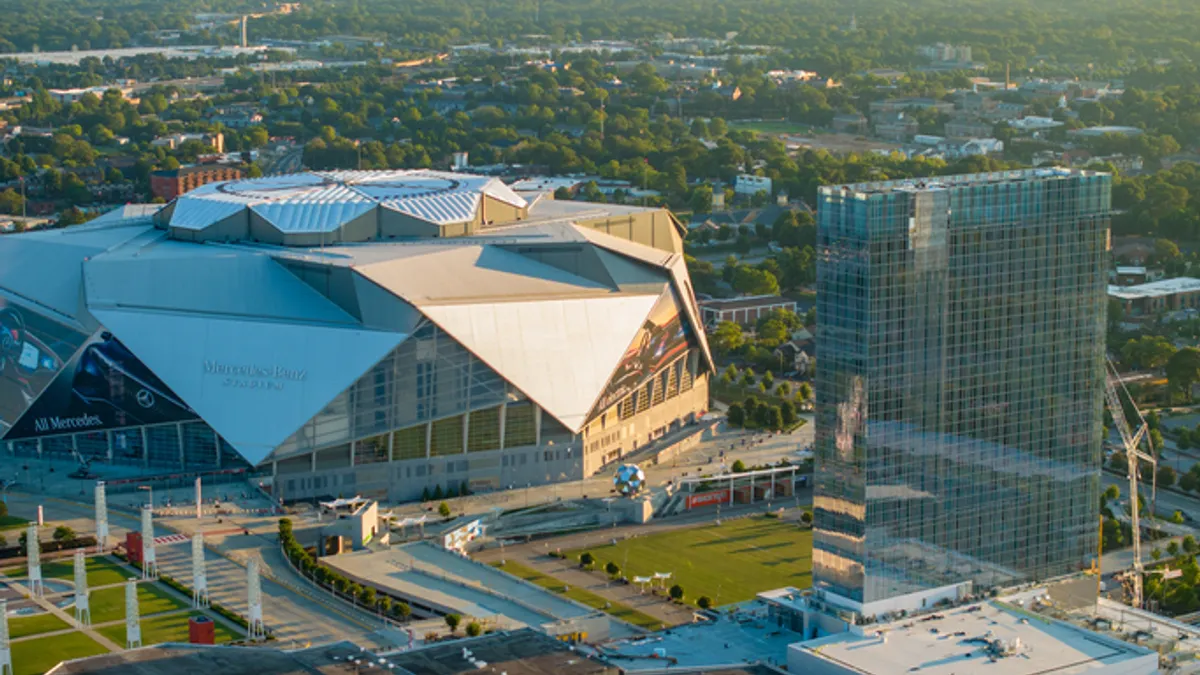Dive Brief:
- Customer satisfaction with public electric vehicle charging infrastructure continues to decline, according to a J.D. Power survey Wednesday.
- Satisfaction with public Level 2 charging decreased 16 points year-over-year, from 633 to 617 on a 1,000-point scale. Customer satisfaction with direct current fast chargers dropped even more, declining from 674 to 654 points since last year, a 20-point reduction.
- A lack of adequate public charging infrastructure could slow consumer adoption of EVs, J.D. Power said.
Dive Insight:
Federal incentives, rising fuel costs, environmental concerns and lower ownership costs are driving consumer interest in EVs. But consumers remain concerned about vehicle range, inconvenient charging infrastructure and charging interoperability.
“While automakers continue to introduce new [EVs] and experience growth in market share, the beleaguered public vehicle charging infrastructure has not kept pace,” J.D. Power said. “If anything, it is falling further behind.”
Brent Gruber, executive director of the EV practice at J.D. Power, said in a statement that, in addition to needing more public chargers, EV owners are dissatisfied with charging costs and speeds, as well as a lack of “things to do while waiting for their vehicle to charge.”
“The declining customer satisfaction scores for public charging should be concerning to automakers and, more broadly, to public charging stakeholders," he said.
Public EV charging reliability also remains a concern. Roughly one in five public charging attempts fails, often due to out-of-order stations or long lines, leading to driver frustration.
J.D. Power said that Tesla’s recent decision to open its Supercharger network to non-Tesla owners, including General Motors and Ford, may improve the situation because its charging network has higher overall customer satisfaction scores.

“It’s just too early to tell if it can reach the satisfaction levels of Tesla owners who are already part of that fully integrated Tesla ecosystem,” Gruber said.
J.D. Power said faster charging times, more convenient charger locations and improved reliability could spur greater EV adoption.
"The results of this year's study should be very concerning to all those involved in the transition from gas-powered vehicles to electric vehicles," Gruber said. “Although the majority of EV charging occurs at home, public charging needs to provide a much better experience across the board—not just for the users of today, but also to alleviate the concerns of skeptical future customers. A lot of work is underway to address these issues but there is certainly much more work to be done.”















